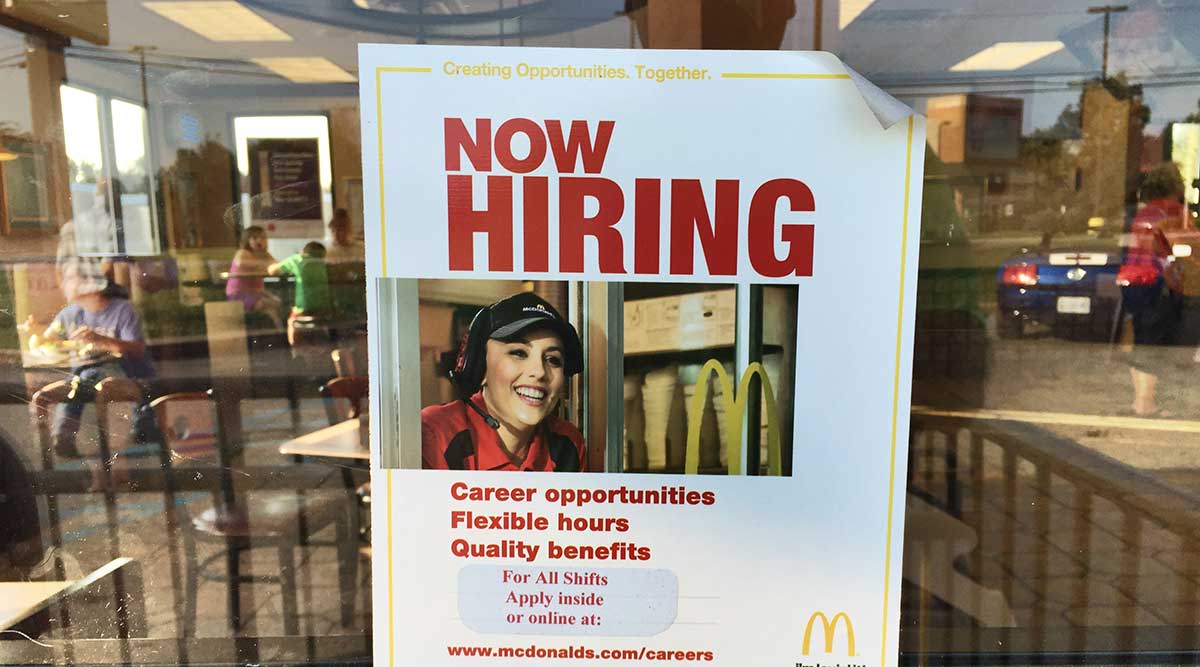Job Openings in US Climbed in February to a Seven-Month High

U.S. job openings climbed in February to a seven-month high, signaling a resilient labor market, a Labor Department report showed April 11.
Key Points
• Number of positions waiting to be filled rose by 118,000 to 5.74 million (forecast was 5.65 million), from 5.63 million in January, according to the Job Openings and Labor Turnover Survey, or JOLTS.
• Hiring cooled to 5.31 million from 5.42 million; the hiring rate eased to 3.6% from 3.7%.
RELATED: Trucking industry payrolls rise by 4,700 in March
• Some 3.08 million Americans quit their jobs, down from 3.19 million in the previous month; the quits rate dropped to 2.1% from 2.2%.
• Layoffs decreased to 1.58 million, a five-month low, from 1.66 million.
Big Picture
While the results for February were mixed, they’re consistent with March data that showed a still-strong job market. Elevated job listings combined with steady hiring and limited layoffs may eventually lead to faster wage growth as the pool of available and qualified workers shrinks.
One disappointment was the decline in the number of people quitting their job, which is a gauge of workers’ willingness to voluntarily leave because they’re confident of finding a better position. The quits rate is among indicators of labor-market slack that Federal Reserve Chair Janet Yellen monitors.
Other Details
• There were 1.3 unemployed people vying for every opening in February, the fewest since December 2000, when records for this series began, and compared with 1.9 people when the recession began at the end of 2007.
• Construction, health care and food services were among industries posting more openings.
• In the 12 months through February, the economy created a net 2.4 million jobs, representing 63 million hires and 60.6 million separations.
Although it lags the Labor Department’s other jobs data by a month, the JOLTS report adds context to monthly payrolls figures by measuring dynamics such as resignations, help-wanted ads and the pace of hiring.

